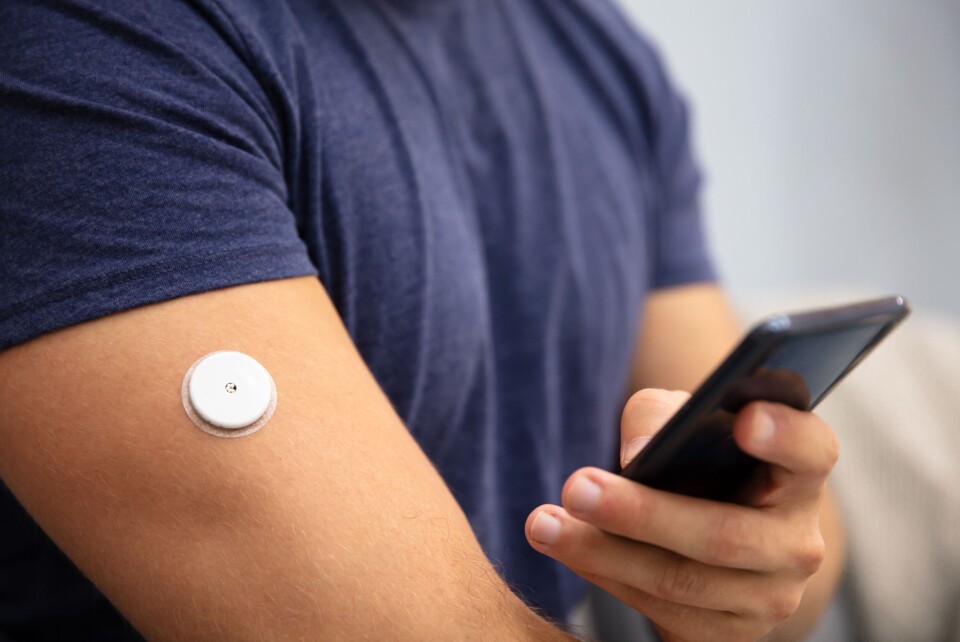-
French couple ordered to replace new windows after neighbour’s privacy complaint
Replacement windows were the same size but glass used was transparent not translucent
-
List: When do France’s ski resorts open this winter?
Several stations open before December and are hoping for early snow
-
French friends win record-breaking €250m EuroMillions jackpot
The winning ticket was purchased at a Parisian newsagent
Remote monitoring of patients in France moves into the mainstream
The costs of monitoring patients from distance are now being covered by France’s health insurance scheme, Assurance maladie

France has become the first country in Europe to begin refunding the remote monitoring of medical patients with chronic conditions in a bid to reduce hospitalisations and improve patient health.
The country’s health insurance scheme, Assurance maladie, says it began reimbursing the costs of these controls - sometimes done via a video call - from July 1.
What is medical remote monitoring (télésurveillance médicale)?
It is a form of medical monitoring, either by video or by biomedical device, that allows health professionals to check up on a patient’s condition.
This could include a glycemic monitor, a pacemaker, or some other form of biomedical device.
Télésurveillance médicale is not the same as a téléconsultation (a doctor’s appointment by video), although it may involve video calls if necessary.
Read more: Health cabins: virtual GP visits becoming more popular in France
Distance monitoring means that patients do not need to make as many in-person trips to their healthcare practitioner, nor need to go to hospital in the event of a problem.
Patients may need to do certain regular tasks at home and report them to their doctor. For example, they may need to take their own blood pressure, weigh themselves, and fill in a short questionnaire every week, with the data sent to their doctor.
One patient, 74-year-old Jean-Louis Bernard, from Caen, told Le Monde: “When you have a chronic illness, you can quickly deteriorate and find yourself at A&E if you don’t watch out, maybe even after a too-salty meal. So thanks to this tool, medical teams can react at the smallest alert, and advise me remotely.”
His wife Michelle said the monitoring is a “formidable help” that has prevented Jean-Louis from being hospitalised since he started using it, “whereas normally it happens frequently”.
Another patient, 33-year-old Maÿlis from Lyon, has been distance monitored during her pregnancy, as she has been diabetic since she was a teenager. She has a permanent blood sugar monitor and insulin pump attached to her skin.
She said: “It was about my child’s health. And it was reassuring to know that if there was the smallest discrepancy, the nurses would see it and would help me rebalance my dose [of insulin].”
Professor Charles Thivolet, who runs Diab-eCare, a mobile diabetes clinic attached to the Hospices Civils de Lyon, said: “[Télésurveillance] is not a great term. It makes you think of police surveillance, but it’s not at all like that.
“It’s just about helping patients manage their illness and coaching them to help them avoid sometimes-serious complications.”
Dr Rémi Sabatier, a cardiologist at the CHU in Caen, launched the then-pioneering at-home monitoring programme SCAD (suivi clinique à domicile) in 2007. He has now hailed the opening of monitoring as “good news”.
He said: “We have shown that distance monitoring reduces re-hospitalisations for heart conditions by 56%.”
Why has this been made reimbursable to everyone who needs it?
The aims of making this kind of monitoring more available include:
-
Improve the quality of distance monitoring patients’ care
-
To reduce hospitalisations and A&E admissions of patients who could be cared for at home
-
To update healthcare processes and improve care organisation
-
Improve patients’ quality of life and comfort
What conditions may now be entitled to distance monitoring?
Since 2014, remote medical monitoring has been covered on an experimental basis under the ETAPES programme (Experiments de télémédecine pour l'amélioration des parcours en santé) for five conditions:
-
chronic respiratory failure
-
chronic heart failure
-
chronic renal failure
-
diabetes
-
cardiac arrhythmia requiring cardiac prostheses.
This ETAPES programme has now ended. Distance monitoring can now be put in place for any patients whose medical professional judges that they need it, especially those who “have a risk of hospitalisation or of health complications”, the Health Ministry has said.
In each case, the patient must be informed of these issues, and give their consent for monitoring.
Which doctors can offer télésurveillance?
The Assurance Maladie states that any doctor can refer a patient, but only healthcare professionals "whose specialities are referred to in the ministerial decrees registering telemonitoring activities, whatever their sector of practice and their place of practice” can carry out remote medical monitoring.
Their “place of practice” can be a GP surgery, nursing home, health centre, hospital, or clinic.
Related articles
Covid-19 sparks rise in online GP services in France
Lack of doctors in France ‘means rural residents are dying younger’
























